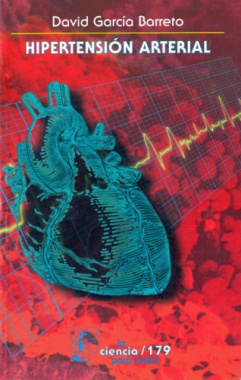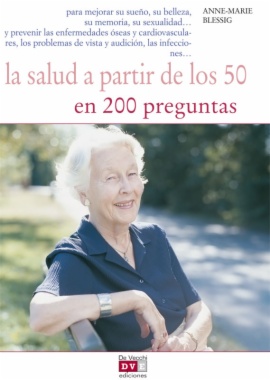
Estás filtrando por
Se encontraron 737 resultados en recursos

Compartir este contenido
El hombre que confundió a su mujer con un sombrero
Copia el enlace o compártelo en redes sociales

Hipertensión arterial
Compartir este contenido
Hipertensión arterial
Copia el enlace o compártelo en redes sociales
Mercurio en la minería del oro: impacto en las fuentes hídricas destinadas para consumo humano
Compartir este contenido
Mercurio en la minería del oro: impacto en las fuentes hídricas destinadas para consumo humano
Copia el enlace o compártelo en redes sociales
Production of Knowledge in the Master’s Program in Collective Health of the Faculty of Nursing at Universidad de Antioquia, 1996-2013
Compartir este contenido
Production of Knowledge in the Master’s Program in Collective Health of the Faculty of Nursing at Universidad de Antioquia, 1996-2013
Copia el enlace o compártelo en redes sociales
Studies on centromere organisation and function inTrypanosoma brucei
Compartir este contenido
Studies on centromere organisation and function inTrypanosoma brucei
Copia el enlace o compártelo en redes sociales
El lazareto
Compartir este contenido
El lazareto
Copia el enlace o compártelo en redes sociales
Performance Evaluation Of The Clinimacs System For The Positive Selection Of CD34+ Cells From Stem Cell Products Factors Affecting CD34+ Cell Recovery
Compartir este contenido
Performance Evaluation Of The Clinimacs System For The Positive Selection Of CD34+ Cells From Stem Cell Products Factors Affecting CD34+ Cell Recovery
Copia el enlace o compártelo en redes sociales
Plan profilactico i curativo de la viruela: 28 de Julio de 1840
Compartir este contenido
Plan profilactico i curativo de la viruela: 28 de Julio de 1840
Copia el enlace o compártelo en redes sociales

¿Por qué me duele?
Compartir este contenido
¿Por qué me duele?
Copia el enlace o compártelo en redes sociales

La salud a partir de los 50 en 200 preguntas
Compartir este contenido
La salud a partir de los 50 en 200 preguntas
Copia el enlace o compártelo en redes sociales
Selecciona las Colecciones en las que vas a añadir el contenido
Para consultar los contenidos añadidos busca la opción Tus colecciones en el menú principal o en Mi perfil.
